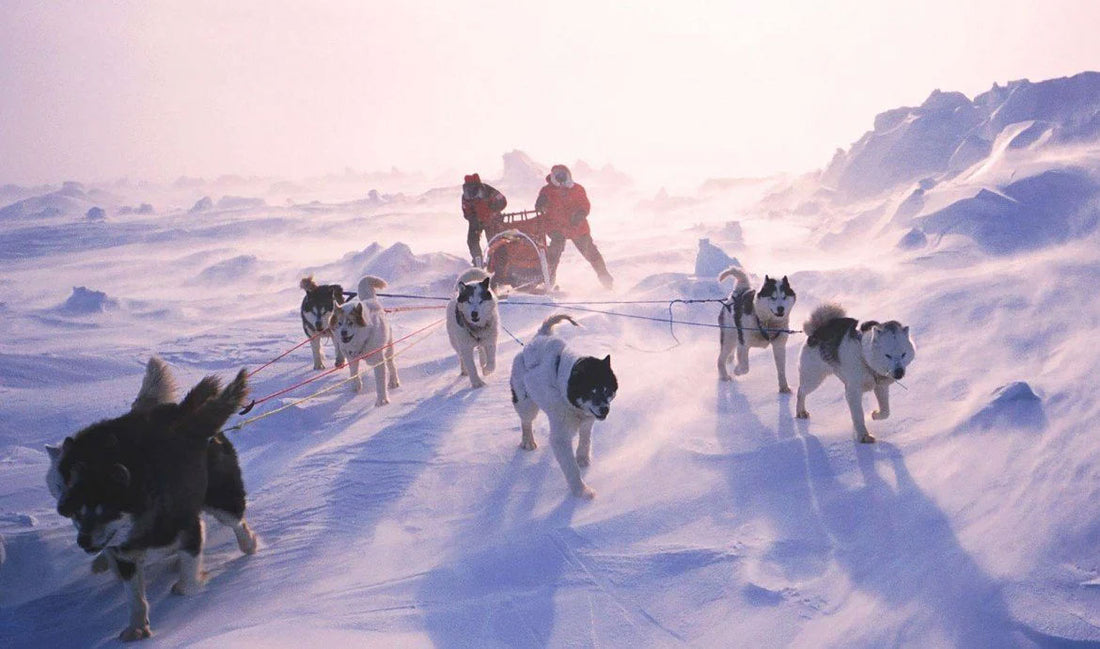The Iditarod Trail Dog Sled Race takes place every March, when mushers (the people on the sleds being pulled by teams of dogs) and their teams of dogs travel more than 1,000 miles, over the snow and through arctic temperatures across Alaska, from Settler’s Bay to Nome. The race usually takes between nine and fifteen days, but the fastest time on record is slightly more than eight days and eleven hours; the record belongs to Dallas Seavey, the winner of the 2016 Iditarod.
The Iditarod Trail Dog Sled Race is an exciting event for spectators, who either witness the opening ceremony in Anchorage on the first Saturday in March or stand outside in subzero temperatures at the finish line in Nome and wait for the mushers to arrive. The Anchorage ceremony is not counted toward the time of the race, since the large crowds of people in down parkas are a distraction to the dogs. Instead, the mushers relocate to an alternate starting point and officially start the race without spectators. The location of this “restart” is Willow, Alaska, which is about 80 miles from Anchorage.
The Iditarod Trail has been a trade route for centuries, even before the arrival of Europeans in Alaska, but it took on its current form during the Alaska gold rushes of the 19th century. Mushers and their sled dogs were the only way to transport supplies such as food, furs for clothing, and mining equipment across the ice and snow. The trail fell into disuse in the 1960s, when the advent of the snowmobile made it much easier and faster to travel across Alaska’s snowy terrain.
In 1925, the city of Nome faced an outbreak of diphtheria. With planes unable to fly into Nome because of the harsh winter weather, the governor of Alaska sent out 20 of Alaska’s best mushers and their teams of dogs to transport the diphtheria vaccine across Alaska, to Nome. The vaccine reached Nome in five days, saving countless lives. The Iditarod is held every year to commemorate this “Great Race of Mercy”. Balto, the Siberian husky, who led the team of dogs pulling the sled that reached Nome, became a celebrity. Today, Balto’s taxidermied remains are on display at the Cleveland Museum of Natural History, and a statue of him stands in Central Park in New York.
Mushing remains a popular sport in Alaska, and in the 1960s, efforts began to organize a dog sled race across the Iditarod Trail. The first Iditarod race to Nome was held in March 1973, with 22 competitors. Today, the annual race attracts more than 50 competitors from all over the world, with the winners taking home a first place prize of about $50,000. The Iditarod is now the largest and most well known sporting event held in Alaska, with a growing following around the world.
Triple F.A.T. Goose is America's original luxury urban outdoors brand. For over 30 years, we have produced men's and women's luxury parkas, down puffers, and shell jackets for consumers around the world. Our products are sold exclusively online with free shipping and free returns.

